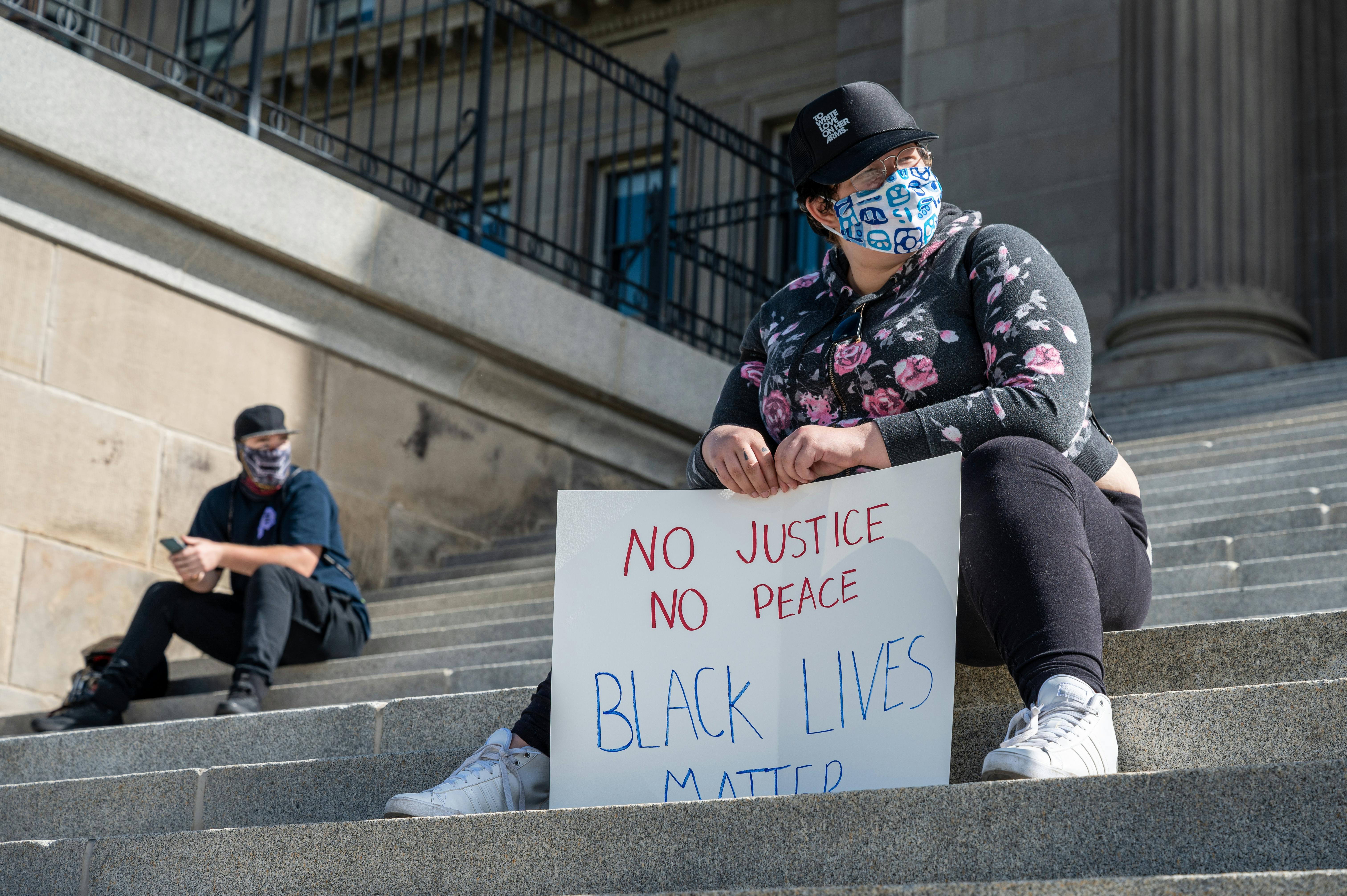Diversity Training: How to Identify and Resolve Unconscious Discrimination in the Workplace
The changing face of discrimination in the workplace
It seems that the face of discrimination in the workplace is becoming less recognizable. Workers continue to be repressed based on race, gender and other factors. This despite years of struggle by the government, the courts and society in general against patterns of discrimination. Whereas discrimination in the past was more open and conscious, today’s discrimination is often largely unconscious.
The EEOC seeks to remedy unconscious discrimination
The EEOC focuses on pursuing cases of unconscious (“systemic” or “pattern and practice”) discrimination. In fiscal year 2006, monetary benefits for discrimination claims increased 30% to nearly $230 million. In a statement from Mark Benedict Ph.D. while addressing the EEOC (February 2007), he made several recommendations, grouped into three broad themes:
1) deepen the EEOC’s conceptual understanding of workplace discrimination;
2) use data from EEOC’s new Employer Information Report (EEO-1) to guide systemic investigations; Y
3) use tests to address discrimination in hiring.
According to Catherine Padalino, Vice President and Product Manager for Labor Practices Liability at Chubb Group of Insurance Companies, writing in IndustryWeek.com, the EEO-1 report provides a more detailed breakdown of corporate diversity at different organizational levels than has been seen before. , and the agency intends to use that information to uncover likely cases of systemic discrimination.
In addition, Padalino adds, the agency offers “performance incentives” to local investigators who identify and pursue claims of systemic class-wide discrimination. Even if you are a well-meaning business, it may be time to examine your organization the same way the EEOC would.
According to Padalino, some of the factors they are considering when deciding whether to submit you to an audit are:
- Your statistics regarding hiring, firing and promotions.
- Your diversity compared to the diversity in your hiring area
- Recent cases filed against your organization alleging discrimination
- Recent cases, especially high profile ones, filed against other organizations in your industry
- Being in a traditionally “male-dominated” industry
A very expensive defense
Defending a class action lawsuit brought on a charge of unconscious systemic discrimination can cost considerably more than an individual discrimination charge. Padalino says, even millions upon thousands of dollars more… “than an individual discrimination charge (generally less than $10,000 in defense costs).” While large businesses can absorb the cost of a discrimination lawsuit, small and medium-sized businesses can be financially wiped out by such a lawsuit.
How to avoid an EEOC investigation?
HR Daily Advisor offers the following suggestions:
1. Regularly publish and disseminate your policies that prohibit discrimination, harassment, and retaliation.
2. Establish a written complaint resolution process. If they perceive discrimination, you want your employees to complain to you, not to the EEOC.
3. Involve union leaders, as complaints often reach them first.
4. Verify that your recruiting activities align with EEOC expectations. Keep records to show that job opportunities were widely advertised. (One form of systemic discrimination is recruitment from only a few sources.)
5. Train managers and supervisors on their responsibilities, and train all employees on policies and responsibilities for reporting discrimination.
6. Scan your overall HR practices and procedures for signs of adverse impact, whatever prompted it. Have good reasons for your employment decisions.
7. Take special care when planning and carrying out a reduction in force.
8. Put your affirmative action plan (AAP) in place so your EEO-1 report isn’t a magnet for EEOC attention, or irrefutable evidence after the laws are filed.
The EEOC will continue to do its best to monitor diversity in the workplace, but your business can avoid scrutiny by employing the above guidelines. By actively recruiting and promoting a diverse workforce and following nondiscriminatory employment practices, you can attract the best and brightest employees and decrease your exposure to an EEOC investigation.




